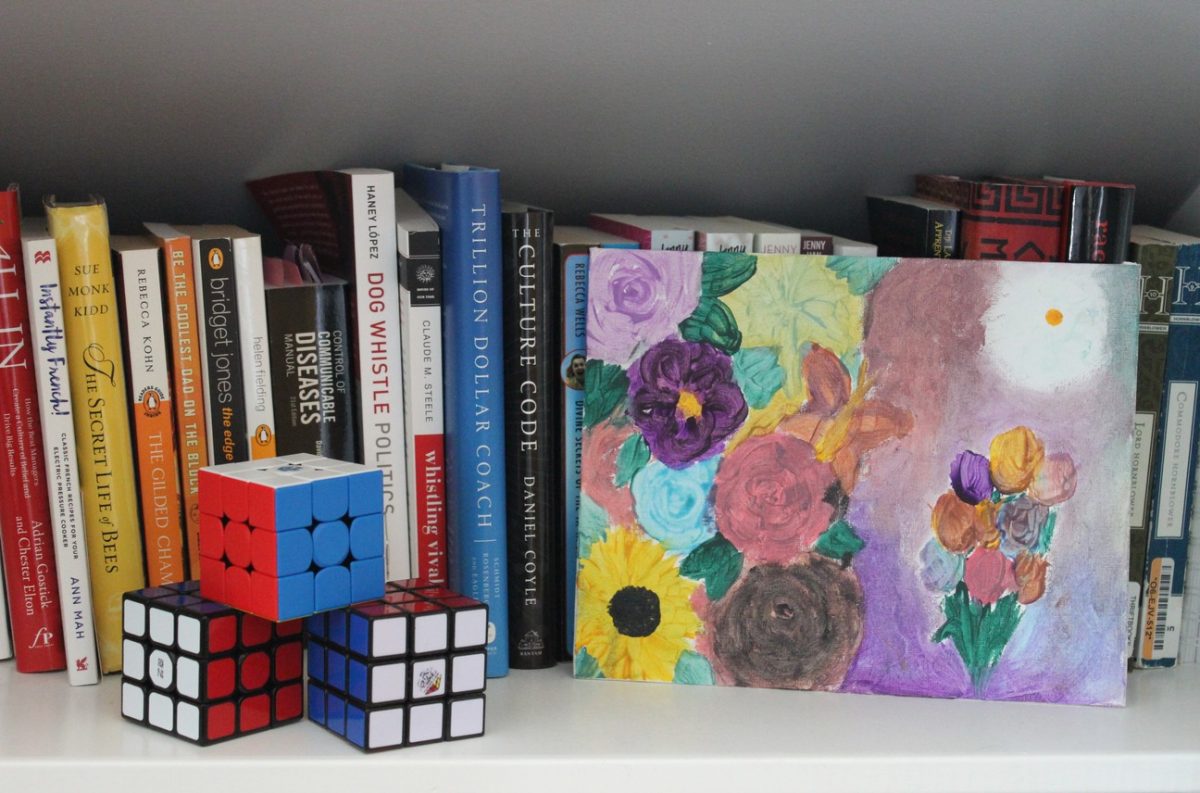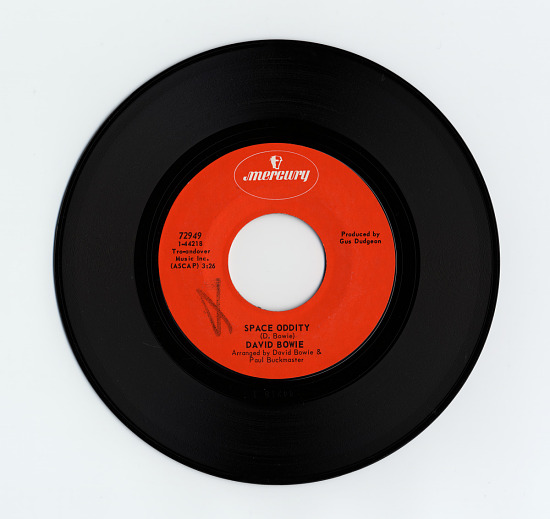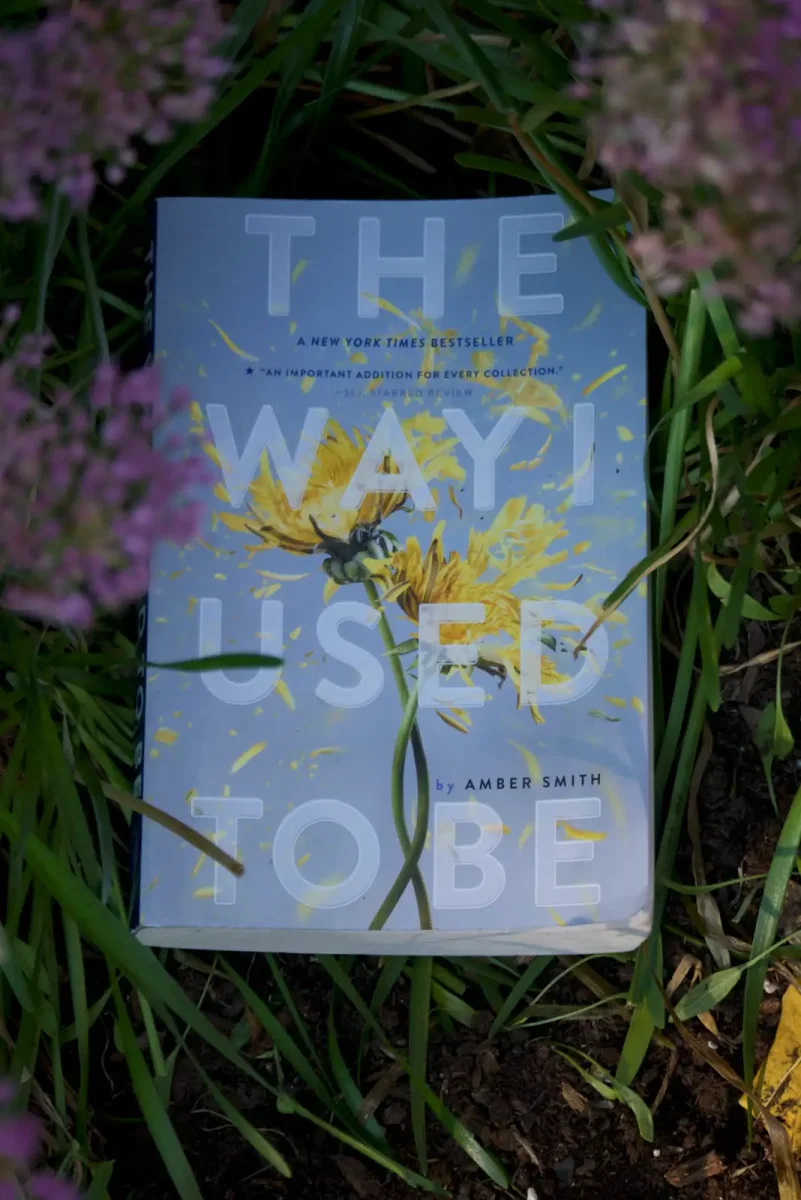
The Univeristy of Michigan Museum of Art might not seem like an ideal place to learn about environmental science, but it was the site of last weekend’s Arts and Environment Colloquium. The two-day conference was meant to promote a conversation about the role of the arts in environmental education and awareness.
This event brought together experts in a variety of fields, but was also open to the public. Two keynote speakers began the event on Saturday evening. Jennifer Monson, a professor of dance at the University of Illinois, spoke about her work following migratory animals throughout the entire length of their journeys. Monson has also done dance projects on city streets and in parks.
“Understanding how animals navigate and how they use their senses was how I started to use my senses to develop an imaginative approach to moving through a landscape. So that through my sensory awareness and my being in the world very intimately, that produces a kind of movement through my own creative imagination, through the dancers,” she said. When she and several colleagues attempt a project, they dance along the path of the migration or through the designated space using their surroundings as inspiration. “I would love to be an interpretive dancer, I’m not a representational artist at all. So I use dance as a medium for producing knowledge that is not literally representing the idea that I’m working with,” said Monson.
Monson focuses her study on the immediate environment in ways that promote human understanding of nature, but rejects recently popularized concepts such as “green” or “sustainable” activities that are easily commercialized. Her goal is to educate people about their environments without the need for scientific jargon. Her work strives to help people form there own opinons. “I would lead the dancers through these different kinds of structures and scores a s a way of generating movement that… would be a vehicle for people to perceive their own place in the environment,” she said.
The second keynote speaker was David Abram, an author and philosopher who focuses on environmental issues. Abram spoke about the importance of the environment and local land to language. “I want to reflect this evening about the forgotten intimacy between language and the land,” he said. In addition, he touched on communication pathways that animals and humans share.
Abram’s work showcases a side of humans’ relationship to the global environment that is not often thought about. He shared anecdotes about his own experiences with animals in a natural environment as well as several scholarly theories. After describing his own travels, Abram spoke about the links between spoken language and the environment in which it originates.
Listen to Abram speak about the links between ancestral stories and their environment.
Arts and Environment Colloquium
“Some stories are bound to particular places in the land: forest edges, cliffsides, rivers, even dry river beds are sprouting with stories It is like the land is the primary mnemonic or memory device for remembering the oral stories… When writing first arrives in such a culture and the stories begin to be written down, then the page begins to become the primary mnemonic for remembering the old stories. The stories can now be read in distant cities, they’re portable, and they can be read in distant continents and all the place specific knowledge that was held in those stories begins to be forgotten,” said Abram.
Following the keynote addresses there was dance and multimedia performance about the

Huron River. This piece was specially adapted to fit the space in the apse of the museum of art. “This dance particularly followed some of the stories and the forms of our local Huron River,” said Jessica Fogel, who choreographed the dance elements of the piece.
First presented in 2008, “Mapping the River” centers around the Huron River and its impact on the local eco-system as well as the changes humans have caused to it. The piece included video of the river, a choreographed dance, light effects, original music and a poem about the river.
The multimedia presentation connected well with the keynote speakers. Both segments of the initial day at the colloquium examined the human impact on local environments and the unseen ways in which those environments are important to, or linked to human life.
Specifically, “Mapping the River” pinpointed one way in which humans have changed the ecosystem and represented that through varying representations. “A big part of this dance had to do with the story of the mussel population in the Huron River, the way they have been decimated in the past 25 years due to our overuse of such toxins as fertilizers,” said Fogel. The day after the keynote speakers and “Mapping the River” performance the colloquium continued with a series of round-table discussions in which panelists gave presentations and then joined participants for breakout sessions to plan future events and collaboration.
Panelists ranged from the Director of the Huron River Watershed Council to the Director of the Ann Arbor Symphony. While the problems facing our local Huron River ecosystem as well as the larger global ecosystem are staggering, The Arts and the Environment Colloquium looked for a multi-disciplinary approach to educating the public about these issues. “
Dance is a good way to teach people about environmental issues because dance, like the other arts, brings people to a different kind of attention then a scientific graph or chart,” said Fogel. “It touches people emotionally and it brings forward the stories of the landscape, going beyond data allowing us to realize how important our land is to our sense of who we are.”








